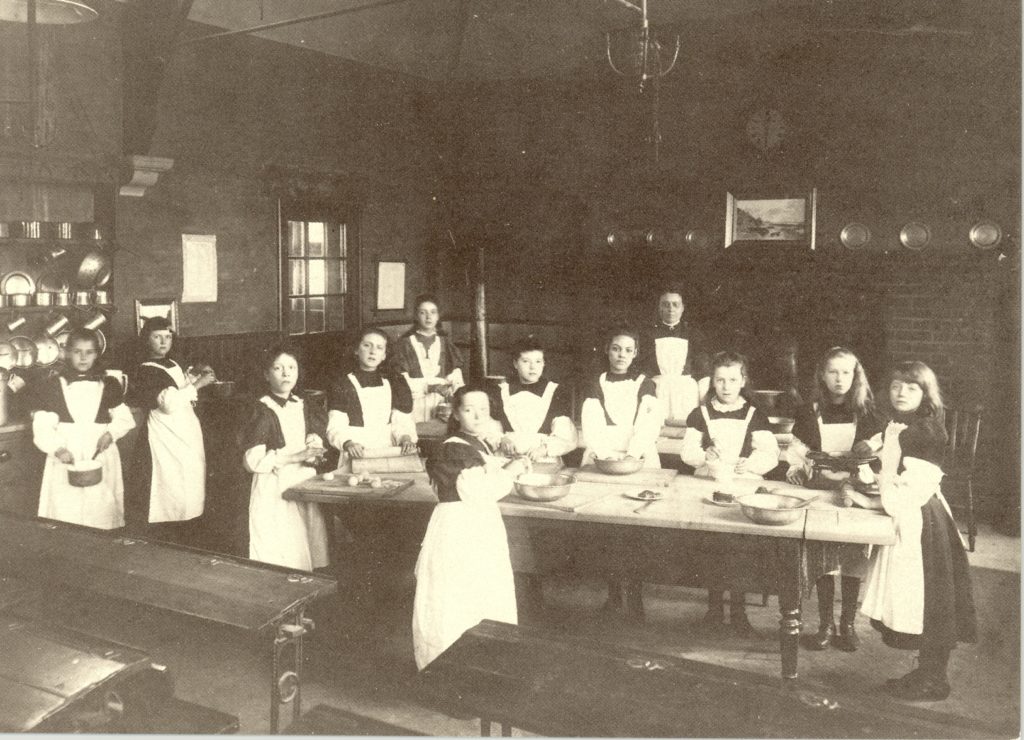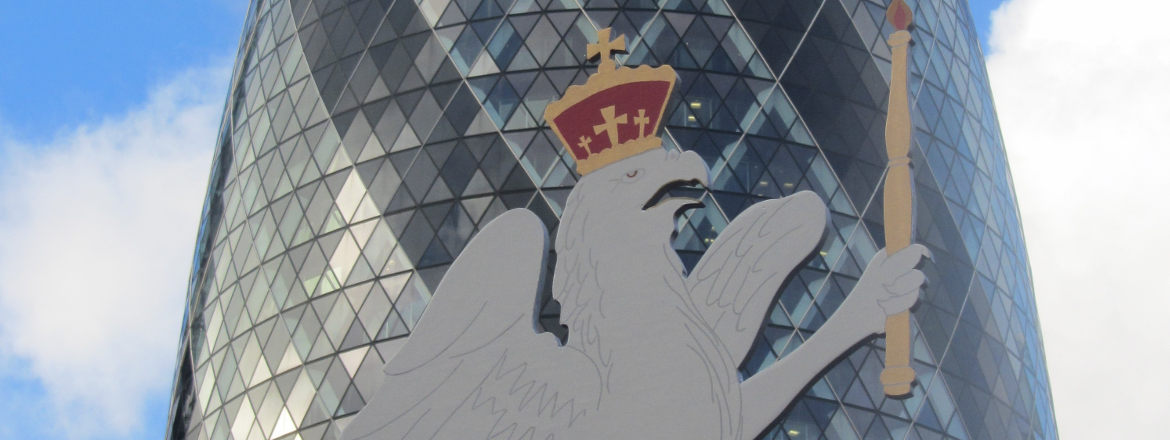In most ways the Stutter family of Walthamstow were as ordinary-seeming as the thousands of others who had moved into the newly completed housing in the Queen’s Road area. A decent three-bedroom house with a good garden, a range and a scullery could be rented for around 2s 6d a week, with easy access to the station. But one thing stands out in their 1901 census return: the eldest son of the family is listed as “deaf and dumb”. In all other respects this was a very typical family, who had moved to Walthamstow from Bethnal Green. The father of the family, a silk spinner called William Stutter, had been working as a tassel maker in his teens, living with his widowed mother Jane, a laundress. He had married – he and his wife Sarah had three daughters and two sons
In 1901 the census did not record very much information: in each household the name, age, marital status and occupation of every resident is listed, along with any relationship to the “head” – endless lists of clerks, shop keepers, their wives and children. But there is one more column on the page – the one which records disabilities. The possibilities are printed on the form – deaf and dumb, blind, lunatic or imbecile. The Victorian language seems brutal today, but was regarded as merely descriptive at the time. In the early days of compulsory education it was far from clear whether the new board schools should provide for children with disabilities.

We know a little of the younger William Stutter’s story. His family had come to live just round the corner from Walthamstow’s first-ever specialist deaf teaching unit, itself part of the newly opened Queen’s Road school, a custom built showplace incorporating provision for over 1,400 girls, boys and infants, with dedicated classrooms for cookery and laundry. The new Education Act required local authorities to provide specialist teaching for children with what would now be termed special needs, and the Walthamstow School Board took steps to find out how many children in the area needed specialist teaching. One of the results was the unit at Queen’s Road, which opened with sixteen children, girls and boys of assorted ages – and one of them was William Stutter.
Specialist teaching for the deaf was not new: there had been a school in Yorkshire by the 1760s, set up for the deaf children of prosperous families and teaching finger signing alongside reading and writing. Other, church-funded schools followed, intended to teach deaf children to read so they would have a religious education. At this time deafness was often not diagnosed until a child was two or three and had failed to learn to speak. There were many different causes, including scarlet fever and mumps. It was, however, accepted that a deaf child could be educated and learn a skill – one report of the 1870s advocated this both for the sake of the children themselves and so that they should not grow up to be a burden on their parish.

By the early 1900s sign language was out of favour, and deaf children were banned from using it. The emphasis was on their learning to read and write, to lip read and, in some cases, to speak. When the Queen’s Road unit was inspected, it was given a good report, although the inspector thought that the pupils should be encouraged in the direction of out-door occupations on farms and in market gardens as well as boot-making for boys and laundry work for girls, which suggests that expectation for the pupils’ academic attainment was not high. It is true, however, that expectations for hearing working class children of the time were not very different.
The Stutter family did not stay long in Walthamstow – by the time of the 1911 census they had long moved away. Perhaps William Senior could not get work locally. It looks, though, as if William the younger did well in life: in 1939 he was married, living in Ilford and working as a railway inspector. For other deaf children in the area, provision did improve: after a few years a well-equipped permanent classroom for twenty pupils and their teacher was opened in the William Morris School in Gainsford Road and the unit moved. By the 1960s it was in Chingford. Then and for several more decades, in Waltham Forest as elsewhere, teaching was aimed at teaching deaf children to speak. It would be interesting to know what became of the rest of William Stutter’s class.
Copyright Lissa Chapman 2019
